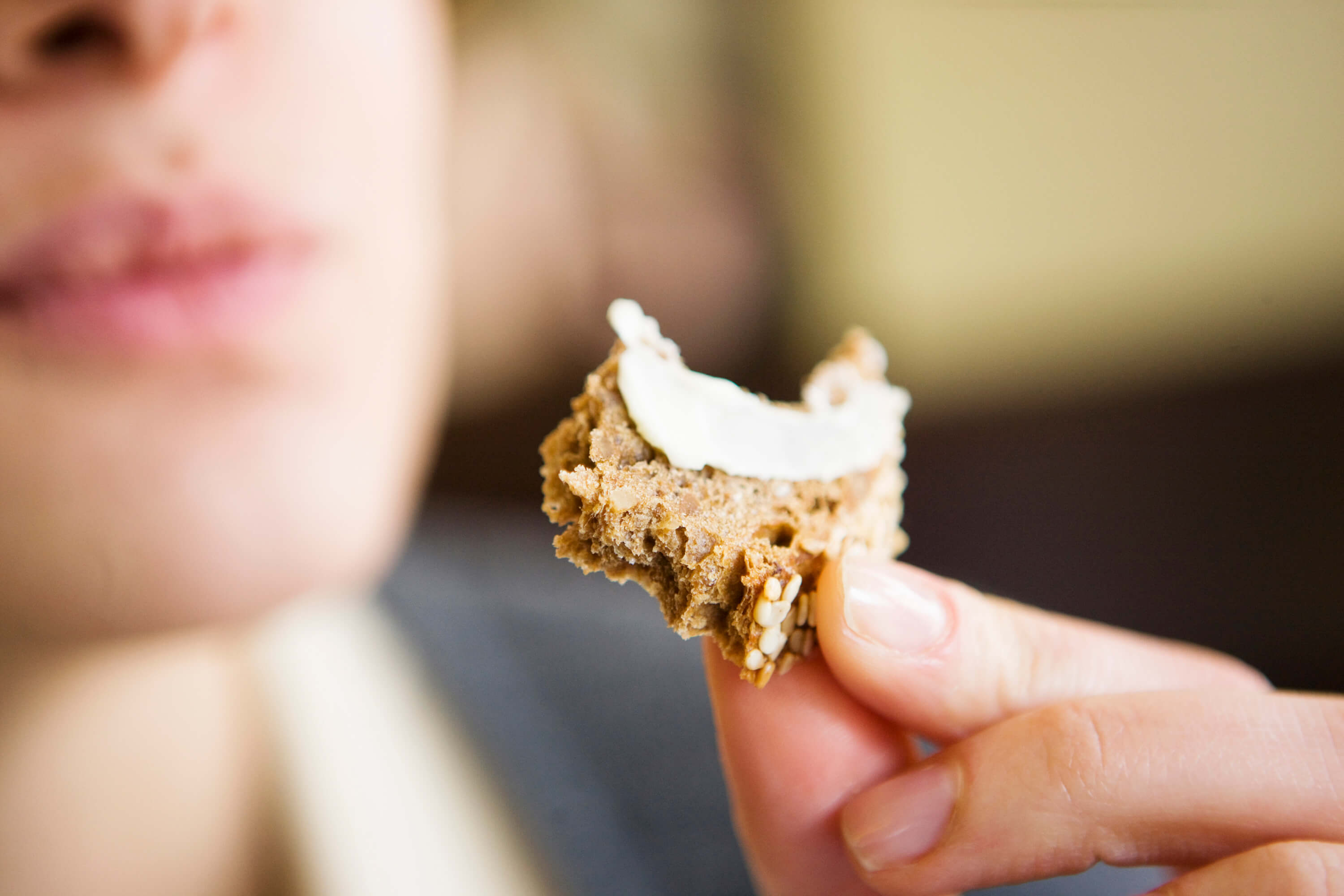The Hovis® Nutrition Mission
At Hovis®, we’re on a mission. We’re raising awareness around the importance of eating 30g of fibre everyday as part of a balanced, healthy diet, and to show how easy it is to boost the amount we eat.
Most adults are only eating an average of 18g of fibre a day, instead of the recommended 30g daily target1. We need to find ways of increasing our daily intake because foods high in wheat bran fibre (like varieties of wholemeal bread and certain breakfast cereals) can help support digestive health2.
Fibre is a fundamental part of our diets and eating foods that are rich in wheat bran fibre like our wholemeal products can help support digestive health2. Here Hovis® breaks down the importance of fibre.
Yes, you should also increase the amount of fluid you drink to allow the fibre to do its job properly.
Often people who follow a vegan diet have more fibre than those who eat meat, particularly if they eat a lot of bean and pulse-based dishes.
Yes! Even white bread has some fibre in it. Around a third of our food intake should come from starchy carbohydrate foods (the yellow group of the PHE Eatwell Guide4). Bread is also convenient; you don’t need to cook it like pasta, rice or potatoes so for people short on time it’s a great go-to option.
High in fibre is any food that has a fibre level of 6g per 100g – you can find this information on back of pack, in “per 100g” column of nutritional tables.
Fibre and protein are two totally separate nutrients, which should both be consumed as part of a balanced diet. Some good examples of protein are fish, eggs, meat, beans and pulses . Sandwiches are a great way to include both into a daily repertoire.
Wheat bran fibre2 which is found in our wholemeal products supports digestive health when consumed as part of a balanced diet and healthy lifestyle.
